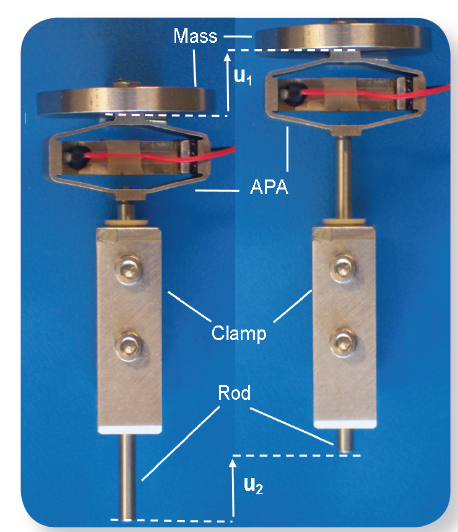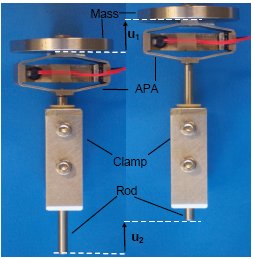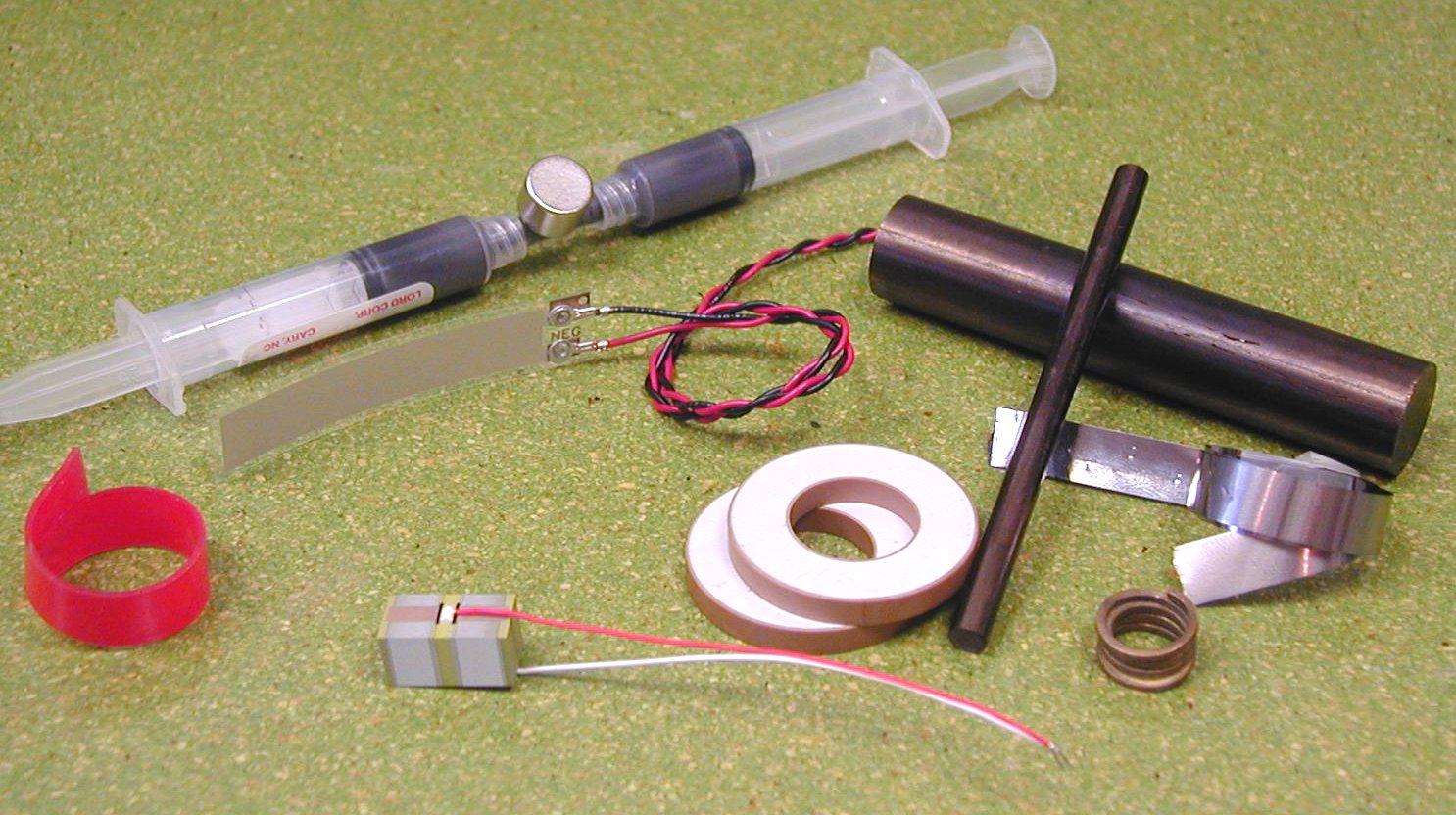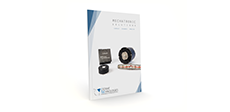Publications
Categories
- (34)
- (9)
- (3)
- (138)
- (18)
- (7)
- (2)
- (5)
- (8)
- (17)
- (1)
- (100)
- (7)
- (12)
- (7)
- (1)
- (1)
- (4)
- (152)
- (19)
- (2)
- (5)
- (111)
- (34)
- (10)
- (4)
- (55)
- (14)
- (3)
- (7)
- (61)
- (17)
- (5)
- (24)
- (7)
- (11)
- (1)
- (2)
- (1)
- (1)
- (1)
- (13)
- (12)
- (4)
- (6)

Active washer for smart mechanical linkage
9 December 2017
Bolted connection is the most common way to assemble mechanism. It is widely used in transport domains, such as aerospace, rail, aircrafts… Ensuring that the minimum torque value is always present in the assembly is one of the main maintenance tasks for those components. A possible way to carry out those actions is to implement active component in the bolted assembly. A solution is proposed in this document. Construction, potentialities, performances (based on lap-joint demonstrator) and limitations are identified and confronted to other techniques.

Smart actuators for aircraft applications
4 January 2003
Smart actuators and intelligent structures receive a considerable interest in the fields of Air & Space, to realise new functions or more efficient functions than passive structures. In these fields, there are needs for actuation means offering high mechanical energy density (product of stroke and force divided by the mass), a low power consumption, a resistance to severe environment (such as vibrations) as well as other case by case needs : High resolution (embedded active optics for cameras and telescopes), fast response (active control of structures shape, active damping of vibration)…

ACTUATOR2008 Stepping piezoelectric actuators Abstract
19 June 2023
Stepping Piezoelectric Actuators (SPA) are new long-stroke linear piezoelectric motors for micro/nano positioning applications benefiting of the advantages and the heritage of the APA. SPA are formed of only 4 parts: the well-established Amplified Piezoelectric Actuators (APA), a front mass, a clamp and a rod.

ACTUATOR2008 Stepping piezoelectric actuators based on APA®
1 January 2008
Abstract:
Stepping Piezoelectric Actuators (SPA) are new small long-stroke linear piezoelectric motors for micro/nano positioning applications benefiting of the advantages and the heritage of the APA. SPA is formed of only 4 parts: the well-established Amplified Piezoelectric Actuators (APA), a front mass, a clamp and a rod. SPA operates by accumulation of small steps, using inertial mode, impact forces and stick-slip effects, allowing performing long strokes (> 10mm). Main advantages induced by the choice of the APA above a usual inertial drive mechanism (IDM) are high reliability, low peak current ( 20mm/s), useful forces (from 1N for XS to 30N for SM type) and nano positioning mode.

ACTUATORS BASED ON GIANT MAGNETOSTRICTIVE MATERIALS
6 January 2002
Magnetic field induced strain materials are classically represented by Giant Magnetostrictive Materials (GMM) such as Tb-Dy-Fe alloys offering magnetostrain of 0.1-0.2%. This family of smart materials has been extended for some years by cryogenic magnetostrictive materials such as Td-Dy and (Tb1-xDyx)Zn offering magnetostrain of 0.2- 1%. Even more recently, it has been completed by new Magnetic Shape Memory Materials (MSM) such as Ni-MnGa offering magnetostrain of 2-6%. These materials have lead to quite various large stroke and large force actuators. Some of these actuators meet the requirements of applications in different fields such as space or machine tools. The object of this paper is to review the present situation and recent progresses in the field of magnetic field induced strain materials, actuators, modelling and applications, including commercial aspects.

Actuators for Space Applications: State of the Art and New Technologies
19 June 2023
Actuators in space are broadly used to operate satellites’ platform and payload devices. Despite their common utilisation, actuators still represent critical subsystems as their failure might often lead to severe, when not catastrophic, effects on the spacecraft operations. Environmental conditions to which actuators are exposed in space are generally not favourable: operating temperature ranges and deep vacuum are certainly the most critical ones.


